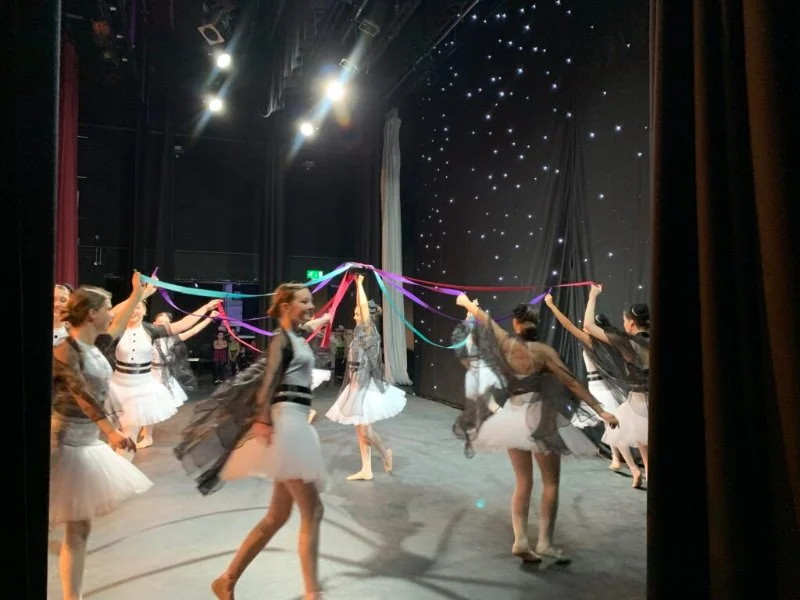
- student-expression-and-dance-in-school-settings
- dysart-schools-dance-policy-and-what-it-means
- can-students-slow-dance-at-dysart-schools
- student-voices-stories-and-social-media-impact
- how-dance-policies-shape-school-culture
- building-a-positive-dance-environment
- how-american-dance-academy-supports-student-expression
1. Student Expression and Dance in School Settings
School dances have long served as cultural and social milestones for students across the United States. From homecoming to prom, these events allow teenagers to express themselves, build confidence, and engage with their peers in meaningful ways. Dancing, including slow dancing, is often seen as an emotional expression as well as a rite of passage — which brings us to a critical question: what boundaries are set by schools, and why?
2. Dysart Schools Dance Policy and What It Means
2.1 Understanding the Policy Framework
Dysart Unified School District in Arizona, like many school systems, has policies in place to ensure student safety, comfort, and respect during school-sponsored events. These rules are typically guided by broader district conduct codes and event-specific guidelines set by school administrators.
2.2 Why Rules Exist Around Dancing
In many districts, including Dysart, the dance policy often addresses physical contact, appropriateness of behavior, and supervision. The intent is not necessarily to limit student fun, but to create an inclusive and respectful environment for all attendees.
3. Can Students Slow Dance at Dysart Schools?
3.1 The Core Question Answered
Yes — students at Dysart schools can slow dance, but with specific guidelines in place. As per recent communications from student events and faculty oversight, slow dancing is permitted as long as it adheres to the district’s dress code and behavioral expectations. This includes maintaining respectful distances and avoiding overtly intimate gestures.
3.2 Real Event Examples
During a 2023 homecoming dance at Valley Vista High School (a Dysart school), students were allowed to slow dance to popular ballads. Chaperones were present and noted that student behavior was respectful and within acceptable guidelines. This example reflects a flexible yet safe approach to school dance regulation.
4. Student Voices, Stories, and Social Media Impact
4.1 Viral Conversations
In 2024, a TikTok video from a Dysart student discussing whether “slow dancing was banned” gained over 100k views. While the video was playful, it sparked genuine conversation about dance culture and policies at schools across Arizona.
4.2 What Students Really Think
Many students express a desire for clearer guidelines and more trust from administrators. One student from Shadow Ridge High School shared, “We want to have fun and be respectful — not be policed at every turn. We just want clarity.”
5. How Dance Policies Shape School Culture
5.1 Encouraging Connection Without Overregulation
When schools allow slow dancing within respectful boundaries, they help foster healthy interpersonal connections among students. Overly strict policies, on the other hand, can create a sense of mistrust and dampen student enthusiasm for participation in school events.
5.2 Balance Is Key
Creating safe and inclusive dance environments doesn’t require banning emotional expression. Instead, it means outlining clear, reasonable expectations — a practice Dysart appears to be embracing with growing support from both students and staff.
6. Building a Positive Dance Environment
6.1 The Role of Staff and Community
Staff members and parent volunteers can play a significant role in ensuring school dances are enjoyable and safe. Positive adult presence reduces the risk of misconduct without making students feel overly watched.
6.2 Events That Encourage Comfort
Themed dances, inclusive music playlists, and clear guidelines help make events more welcoming. When students know what's allowed — including slow dancing — they are more likely to engage freely and respectfully.
7. How American Dance Academy Supports Student Expression
When it comes to fostering confidence and emotional expression through movement, the American Dance Academy offers students of all ages a structured and supportive environment to explore all forms of dance — from contemporary to ballroom. If you're a student in the Dysart district and want to feel more confident at your next school dance, or simply want to improve your dance skills in general, this is a great place to start.
Expression through dance is not just allowed — it's encouraged. And with the right guidance, students can balance respect with creativity in every performance or school dance floor moment.
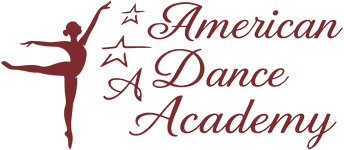
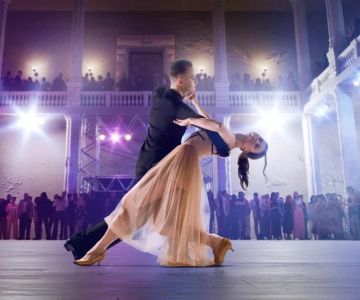
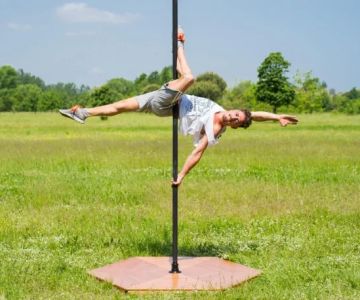
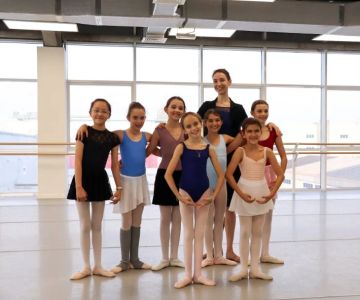
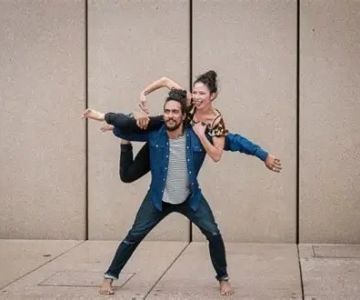

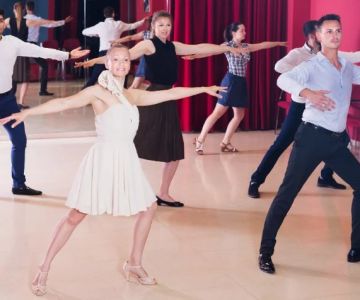
 Barrington Dance Academy5.0 (22 reviews)
Barrington Dance Academy5.0 (22 reviews)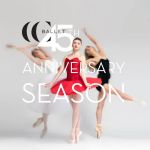 Canyon Concert Ballet4.0 (17 reviews)
Canyon Concert Ballet4.0 (17 reviews)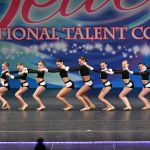 Big City Dance Center LLC4.0 (25 reviews)
Big City Dance Center LLC4.0 (25 reviews)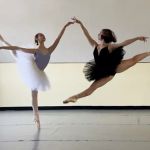 Tye Chua Dance & Kalamazoo Ballet5.0 (18 reviews)
Tye Chua Dance & Kalamazoo Ballet5.0 (18 reviews)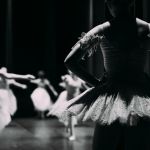 Fenton Ballet Theatre4.0 (24 reviews)
Fenton Ballet Theatre4.0 (24 reviews) Front Street Dance Center5.0 (7 reviews)
Front Street Dance Center5.0 (7 reviews)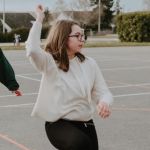 Are There Dances in Middle School? What Students and Parents Should Know
Are There Dances in Middle School? What Students and Parents Should Know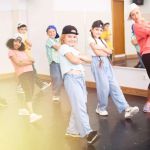 How a Dance School in Instagram Builds Community and Success
How a Dance School in Instagram Builds Community and Success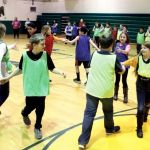 Why Do Schools Teach Square Dancing?
Why Do Schools Teach Square Dancing?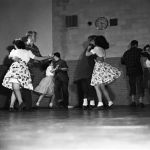 Why Was Square Dancing Taught in School?
Why Was Square Dancing Taught in School? Why Swing Dance Is Popular for Adults
Why Swing Dance Is Popular for Adults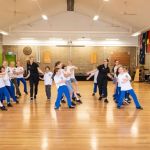 A School Dance: How to Prepare, Shine, and Make It Unforgettable
A School Dance: How to Prepare, Shine, and Make It Unforgettable